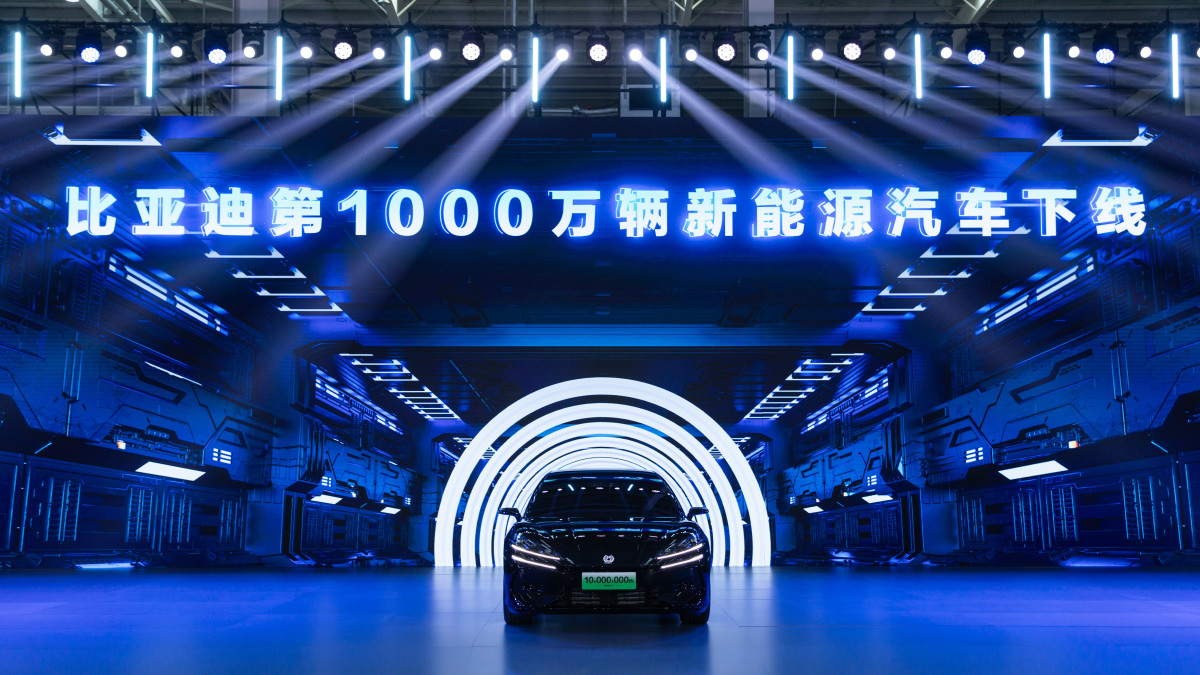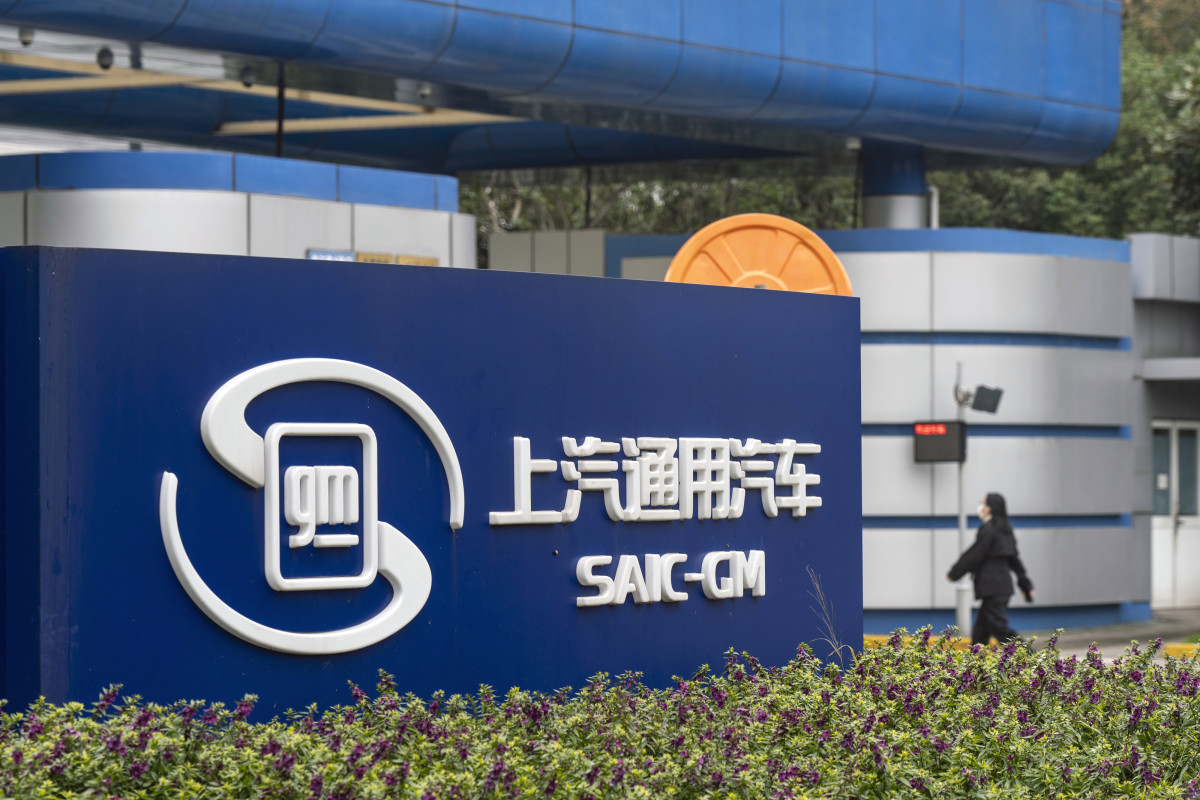GM loses $5 billion in China, what’s next?
GM faces a $5 billion hit as it scrambles to adapt to China's electric vehicle revolution and fierce competition from local brands. Can it recover in the Chinese market?

Things aren’t looking good for General Motors (GM) in the world’s largest auto market.
GM, once a dominant player in the Chinese auto market, is grappling with significant challenges. The company announced a $5 billion hit to its profits as part of a restructuring effort to address its faltering operations in China. The financial strain stems from plummeting sales, declining market share, and fierce competition from domestic electric and hybrid vehicle manufacturers.
In the first nine months of 2024, GM reported losses of $347 million in its Chinese joint venture with SAIC Motor, a state-owned company. The automaker’s sales in the region fell by nearly 20%, and its market share has dropped to 6.8%, a stark decline from over 15% in 2015.
Related: Mini scraps U.S. launch plans for new electric models
A joint venture once flourishing
GM’s joint venture, SAIC-GM, was established in 1997 and produced vehicles under brands like Cadillac and Buick. For years, it was a reliable profit generator for GM, riding the wave of China's booming auto market. However, the landscape has shifted dramatically. Domestic automakers such as BYD and Geely have invested heavily in electric and hybrid technologies, capturing more than half of all vehicle sales in China.
This competition has left foreign automakers, including GM, scrambling to adapt. In response, GM plans to reduce the valuation of its investment in the joint venture to the cost of $2.6 to $2.9 billion. The automaker will also take on restructuring costs totaling $2.7 billion, much of which will be reflected in its fourth-quarter financials.
Related: The cheapest—and most expensive—cars to own
A broader industry trend
GM is not alone in its struggles. Foreign automakers across the board are facing mounting pressures in China. Volkswagen, which led the Chinese auto market for four decades, has seen its sales slump by over 10% this year. Ford has also been grappling with losses, spending $881 million on restructuring its Chinese operations in the first nine months of 2024.
BYD, one of China’s leading electric vehicle manufacturers, is emblematic of the shift in the market. The company is on track to surpass Tesla as the world’s largest electric car producer and is expanding aggressively into international markets. Chinese automakers are also benefiting from government support, including low-cost loans and other incentives, which allow them to sell vehicles at highly competitive prices.
GM’s outlook: A glimmer of hope?
Despite the bleak figures, GM’s leadership remains cautiously optimistic. In a recent letter to shareholders, CEO Mary Barra highlighted improvements in the Chinese operations. Third-quarter sales outpaced those in the second quarter, dealer inventories were reduced, and the company’s electric vehicle sales are on track to meet 2024 targets.
However, the company acknowledges that the turnaround will take time. "We are focused on capital efficiency and cost discipline and have been working with SGM to turn around the business in China in order to be sustainable and profitable in the market," GM stated in a recent SEC filing.
GM expects some improvement in its Chinese business in 2025, but the road ahead is uncertain.
Related: Lotus hits brakes on electric Emira successor, considers hybrid future
What’s at stake for GM
The Chinese auto market is the largest in the world, making it a critical battleground for any global automaker. However, GM has leaned heavily on its North American operations for profitability. In October, the company projected a 2024 net income of $10.4 billion to $11.1 billion, with the vast majority of profits coming from the U.S. Chevy
Balancing the success in North America with the challenges in China will test GM’s ability to straddle diverging markets. Enthusiasm among U.S. buyers in adopting all-electric vehicles has essentially stagnated this year. Meanwhile, Chinese buyers are rapidly switching to EVs—likely due in part to the aggressively priced options available in the country.
If the restructuring fails to turn the tide in China, GM risks ceding further ground to local competitors and jeopardizing its long-term presence in the region.
Related: VW workers walk out, one-third of German workforce joins strikes
A changing dynamic
The broader trend in China’s auto market underscores a paradigm shift. Domestic automakers, bolstered by government support and a keen focus on innovation, are increasingly setting the pace.
Meanwhile, foreign automakers must navigate not only market competition but also geopolitical complexities, as seen in Volkswagen's decision to divest from operations in Xinjiang amidst global scrutiny about the use of forced labor in the region.
Related: Nissan faces tough decisions amid production cuts and tariff woes
Final thoughts
For GM, the $5 billion restructuring plan is a gamble to reposition itself in a market where it once thrived. As Chinese automakers continue their ascent, the question remains: can GM recapture its footing, or is this the beginning of the end for its dominance in China?
GM’s challenges highlight the rapid changes reshaping the global auto industry, with China at the forefront of this transformation. For now, the stakes couldn’t be higher.











































